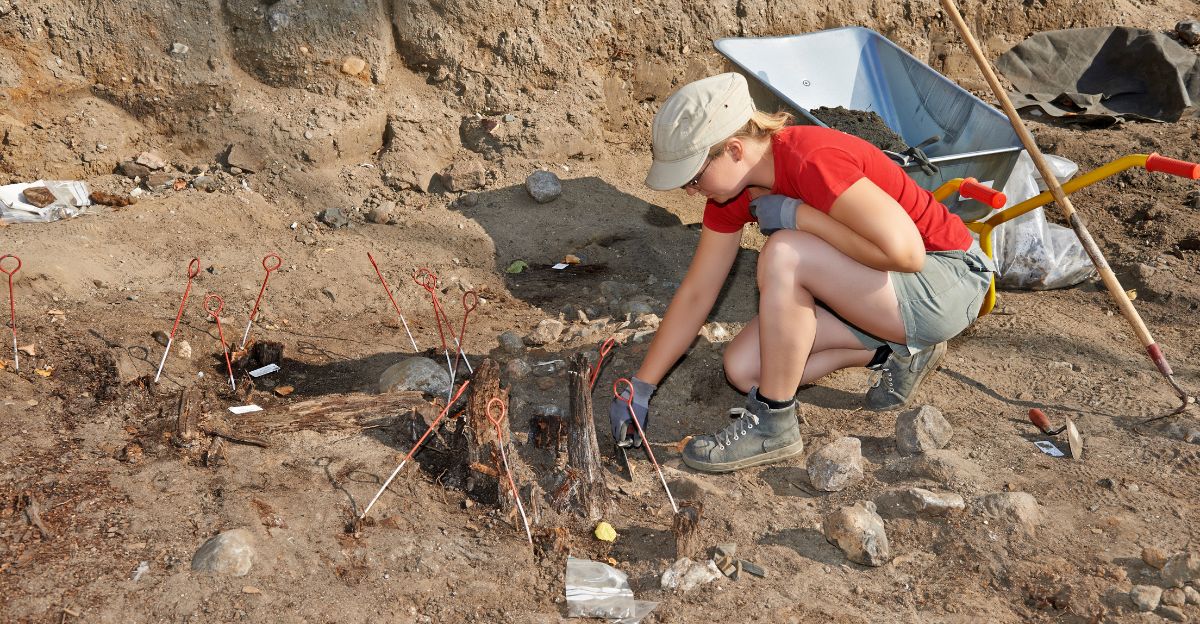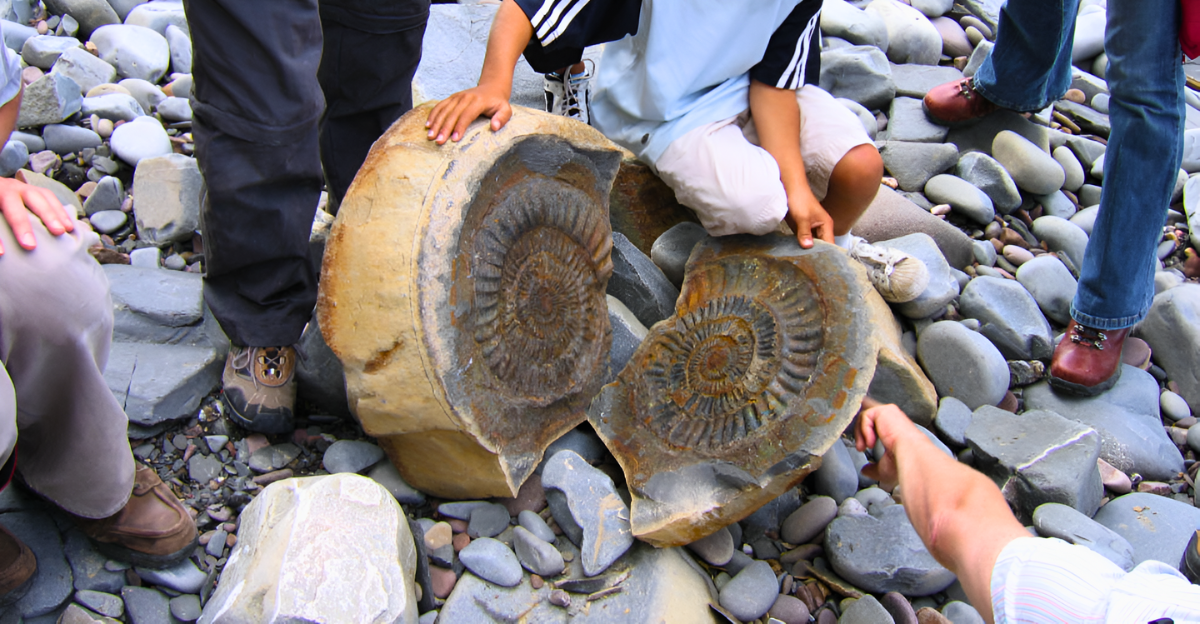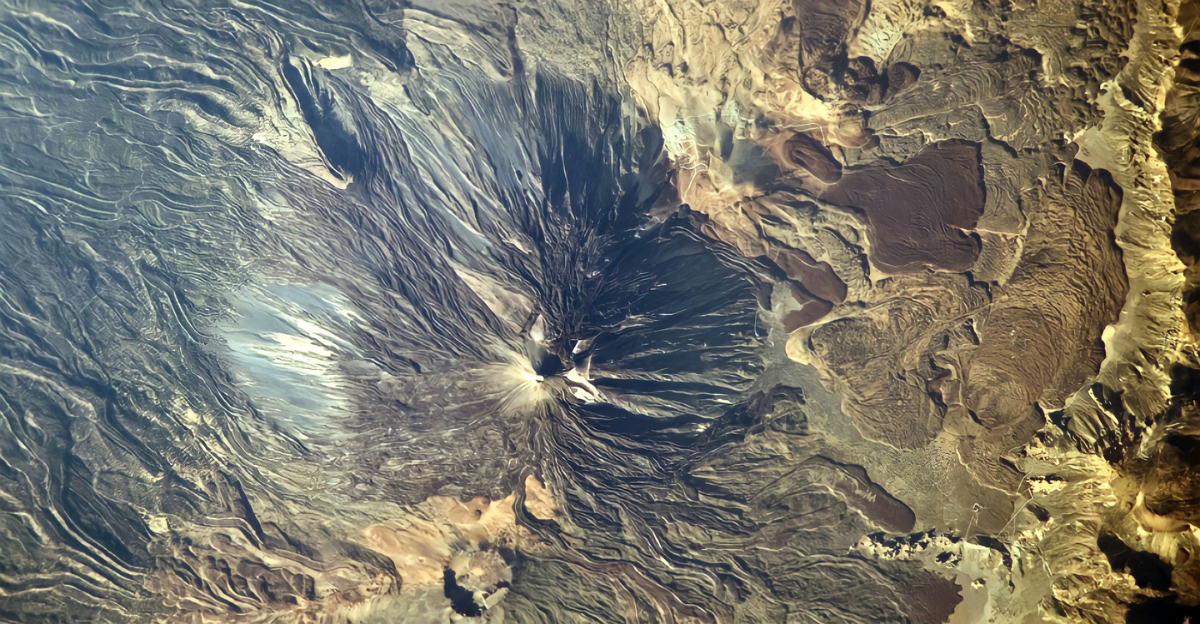
The oversimplified theory that the Clovis culture was the first to settle in North America some 13,000 years ago is called into question by the hidden history of the continent’s prehistoric settlements. Human habitation predates the Last Glacial Maximum by at least 15,000–20,000 years, and possibly as far back as 30,000 years, according to newly emerging evidence.
These early peoples had complex, varied lifeways that were obscured by centuries of environmental change and overshadowed by Eurocentric historical narratives, according to recent archaeological, genetic, and environmental research. Our understanding of human migration is altered by this more detailed timeline, which also emphasizes how early cultures were resilient and resourceful in adjusting to the harsh conditions of the Ice Age.
Reevaluating Timelines for Early Migration

The Clovis culture, which dates back roughly 13,000 years, was long thought to be the first human settlers in North America. Numerous pre-Clovis sites, including the Bluefish Caves in the Yukon, Meadowcroft Rockshelter in Pennsylvania, and Triquet Island off British Columbia, which exhibit evidence of human occupation 14,000 years ago or earlier, have cast doubt on the “Clovis First” theory.
The picture is further complicated by sophisticated genetic research that tracks Y-chromosome and mitochondrial DNA lineages, which shows multiple, possibly concurrent waves of migration from northeast Asia across Beringia. These early dates force a paradigm shift away from static, linear colonization models and toward more complex migratory behaviors and dynamic interactions with changing Ice Age landscapes as archaeological technology advances.
Evidence from Archaeology and Preservation Bias

Our knowledge of prehistoric settlements in North America is derived mainly from sites in rock shelters and caves, which produced long-lasting archaeological deposits. For instance, the stratigraphy of Meadowcroft Rockshelter indicates human habitation as early as 16,000 years ago, while the Bluefish Caves in the Yukon preserve butchered animal bones from 24,000 years ago.
A richer, lost landscape is hinted at by numerous indigenous oral histories that describe ancient settlements in areas that are now submerged or altered. Although funding and technological limitations frequently restrict these projects, modern underwater archaeology and remote sensing offer promising but challenging ways to recover this submerged evidence.
Variability in Ancient Lifestyles

Prehistoric North American societies were culturally diverse and possessed adaptive technological repertoires, in contrast to the simplistic hunter-of-megafauna stereotype. Communities evolved into regional cultures after Pleistocene megafauna went extinct about 10,000 years ago, taking advantage of a variety of ecological niches, from seed processing and early agriculture in the Eastern Woodlands to shellfish harvesting on the Pacific Northwest coast. Site reuse and seasonal migration patterns reveal intricate social structure and environmental awareness.
The cultural evolution is also marked by technological advancements like early pottery and the atlatl (spear-thrower). These discoveries point to a dynamic and adaptable survival strategy that was adapted to the local environment, indicating that prehistoric people were not only adept hunters but also resource managers and cultural innovators.
The Human Impact and the Environmental Context

Rather than being passive inhabitants, prehistoric North Americans actively shaped their surroundings. Long before European contact, there is evidence that they had an impact on fire regimes, plant distributions, and animal populations. Early land management techniques like selective harvesting and controlled burning shaped ecosystems that aided their subsistence plans. Interpretations of later political and economic structures that Europeans encountered, modified, or destroyed are influenced by an understanding of this human-environment interaction.
Ecological archaeology shows how Indigenous peoples manipulated the landscape over thousands of years to support sustainability and biodiversity. By putting Indigenous environmental stewardship at the forefront of ecological history, such practices dispel long-held conservation myths.
Questioning Eurocentric Historical Accounts

Confronting ingrained Eurocentric prejudices that downplayed prehistoric Native American accomplishments is another aspect of the hidden history. By portraying the continent as a virgin waiting for European civilization, the Clovis-centered narrative aided colonial objectives. Archaeologists refute this notion by extending timelines and acknowledging cultural complexity, thereby reclaiming Indigenous peoples as the creators of ancient societies with highly developed worldviews and technological capabilities.
It promotes epistemological diversity by acknowledging traditional oral histories as legitimate sources in addition to archaeology. This is a necessary corrective that recognizes Indigenous sovereignty and intellectual heritage; it is not merely revisionism. Reaffirming that Indigenous histories are alive and not simply artifacts of the past, it also has an impact on current discussions about representation, land rights, and the preservation of cultural heritage.
Triquet Island Settlement Case Study

The 14,000-year-old prehistoric settlement on British Columbia’s Triquet Island serves as a striking example. Fishing gear, hearths, and tools made of flaked stone are examples of early maritime adaptations found at this coastal site, indicating that early peoples were not only terrestrial hunters but also used marine resources.
Assumptions that early settlers were only big-game hunters who followed ice-free corridors inland are challenged by this site. Instead, it emphasizes the flexibility and contingency that characterize the “hidden” prehistoric landscape, supporting theories of coastal migration and specialized maritime cultures.
A Structure for Comprehending the Complexity of Prehistoric Settlements

Archaeology, genetics, paleoenvironmental science, and Indigenous oral histories must all be integrated into a multi-layered framework in order to understand the hidden history fully. According to this model, the process of prehistoric settlement was dynamic and ever-changing, influenced by resource availability, climate fluctuations, technological advancements, and cross-cultural interactions.
It also emphasizes how settlement is non-linear and regionally differentiated, with different ecological zones giving rise to other social structures and lifeways. Such a framework embraces the diversity and unpredictability inherent in human history, rejecting oversimplified linear progressions of “primitive-to-complex.”
A Structure for Comprehending the Complexity of Prehistoric Settlements

Archaeology, genetics, paleoenvironmental science, and Indigenous oral histories must all be integrated into a multi-layered framework in order to understand the hidden history fully. According to this model, the process of prehistoric settlement was dynamic and ever-changing, influenced by resource availability, climate fluctuations, technological advancements, and cross-cultural interactions.
It also emphasizes how settlement is non-linear and regionally differentiated, with different ecological zones giving rise to other social structures and lifeways. Such a framework embraces the diversity and unpredictability inherent in human history, rejecting oversimplified linear progressions of “primitive-to-complex.”
Examination

The complex narrative that emerges from the hidden history of prehistoric settlements in North America challenges long-held beliefs. Diverse cultural traditions, advanced environmental management, and early and varied human occupations create a rich landscape that subverts colonial narratives and strengthens Indigenous recognition.
This history is essential for identity and societal reconciliation as well as for academic truth. The new findings force us to reconsider human adaptability and resilience as well as the ways in which heritage influences modern politics and culture. To properly comprehend the present and future of North America, it is imperative to acknowledge this hidden past.






